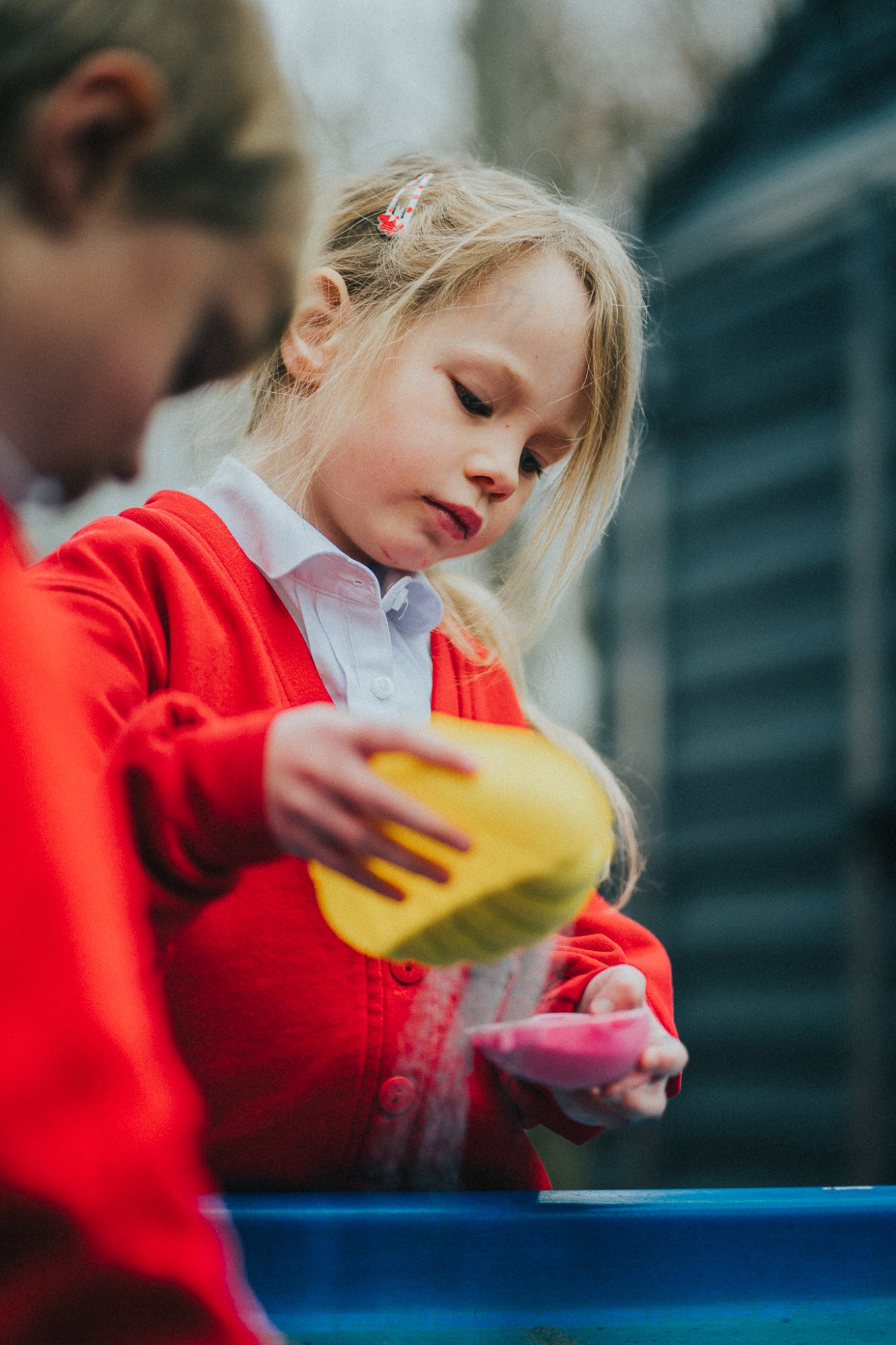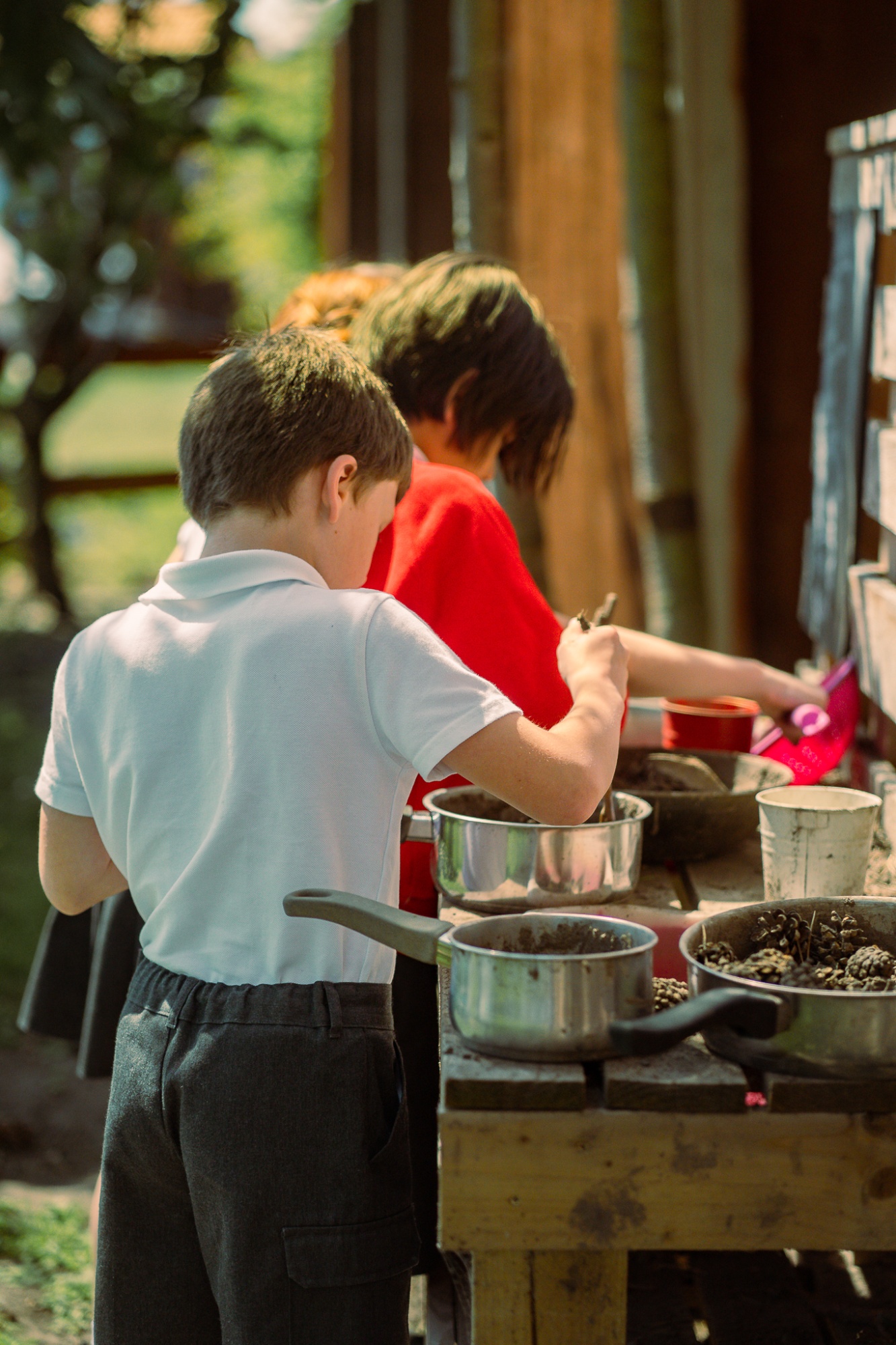Design & Technology
Intent
At Halam school, Design and Technology is fully inclusive to every child. It is our aim to offer all children an inspiring, rigorous, and practical subject through which they can learn to become independent thinkers with the ability to solve problems when they are designing and creating products. We want children to use their creativity and imagination to design and make products that solve real and relevant problems. We encourage them to be reflective both in evaluating past and present designs and in considering the effectiveness of their own work and that of others. It is through this subject that one of our core values, ‘perseverance’, is promoted and children learn the skills of resilience. We want our high-quality design and technology education to make an essential contribution to the creativity, culture, and well-being of our children.
Implementation
Design and Technology is covered specifically within the Media and Materials and Being Imaginative strands of Development Matters (the EYFS curriculum). However due to the cross-curricular nature of the EYFS curriculum, Design and Technology can be used to support development across the strands. It is taught and used to enhance progress in Personal, Social, and Emotional development; Physical development; Communication; Language and Literacy development; Mathematics development; Understanding the World development; Expressive Arts and Design development. Children have constant access to art and design materials and tools in EYFS so that they can explore and experiment to make their own products.
As children move into Key stage 1, they are taught the knowledge and skills needed to engage in the interactive process of designing and making. This includes learning to design purposeful, functional, appealing products for themselves and others based on design criteria. They are encouraged to generate, develop, model, and communicate their ideas through talking and drawing. In making their designs they are offered a range of tools and equipment to perform practical tasks such as cutting, joining, and finishing. They select from and use a wide range of materials and components, including construction materials, textiles, and ingredients, according to their characteristics. They have opportunities to explore and evaluate a range of existing products, then evaluate their ideas and products against the original design criteria. They develop technical knowledge by exploring how structures can be made stronger, stiffer, or more stable or how mechanisms (levers, sliders, wheels, or axles) can be used effectively in their products.
In Key stage 2, children build on and develop the skills they have learnt above. Through a variety of creative and practical activities they work in a range of relevant contexts (home, school, leisure, culture, enterprise, industry, and the wider environment) to develop knowledge, understanding and skills necessary for designing and making.
All pupils are taught:
Design – use research and develop design criteria to inform the design of innovative, functional, appealing products that are fit for purpose, and aimed at individuals or groups. They generate, develop, model, and communicate their ideas through discussion, annotated sketches, cross-sectional and exploded diagrams, prototypes, patter pieces and computer-aided design.
Make – select from and use a wider range of tools and equipment to perform practical tasks (e.g. cutting, shaping, joining, and finishing) accurately. They should be able to select from and use a wider range of materials and components, including construction materials, textiles, and ingredients, according to their functional properties and aesthetic qualities.
Evaluate – investigate and analyse a range of existing products. They then evaluate their ideas and products against their own design criteria and consider the views of others to improve their work. Furthermore, they are encouraged to understand how key events and individuals in design and technology have helped shape the world.
Technical Knowledge – apply their understanding of how to strengthen, stiffen and reinforce more complex structures. Children should understand and use mechanical systems in their products (e.g gears, pulleys, cams, levers, and linkages.) They should understand and use electrical systems in their products ( e.g series circuits incorporating switches, bulbs, buzzers and motors). They should apply their understanding of computing to program, monitor and control their products.
Cooking and nutrition plays an important part of Design and Technology throughout school. All pupils are taught to cook and apply the principles of nutrition and healthy eating. Instilling a love of cooking encourages children’s creativity, as well as inspiring them to adopt healthy lifestyles.
Impact
The implementation of this curriculum ensures that when children leave our school, they are competent and safe users of Design Technology. They will understand how various forms of technology work, and they will have developed skills to utilise this technology to express themselves creatively and enhance their future learning. The designs and products children have produced will be displayed around school and in class floor books. There will be evidence of children working independently and using the skills they have been taught during playtimes where the wider school environment offers opportunities for creativity and design in the natural world. End of year assessments are made and reported to parents; in line with national curriculum guidance and a Design and Technology skills progression map.


